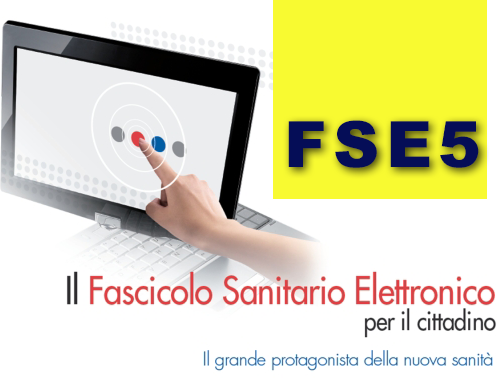FSE5: Realizzazione di servizi della infrastruttura nazionale per l’interoperabilità per il Fascicolo Sanitario Elettronico.
START DATE September 2015
END DATE June 2017
Site: https://www.fascicolosanitario.gov.it/
The project was the subject of an agreement between the Agency for Digital Italy of the Presidency of the Council of Ministers and the Department of Engineering, ICT and Technology for Energy and Transport of the CNR. The CNR Institutes involved were ICAR, IIT, and the RSI Structure of the General Management. The objective of the project was the realization of a set of services of the national infrastructure for interoperability for the Electronic Health Record (EHR), made available by the Agency for Digital Italy by December 31, 2015, as established by the art. 12 of the D.L. 179/2012 and SAA. The strategic objective of this infrastructure consisted in the definition and implementation of services offered at central level, identified on the basis of the needs of the Regions and Autonomous Provinces in the regional project plans for the implementation of the EHR and in continuity with the actions undertaken at the technical Tables coordinated by the Agency for Digital Italy and by the Ministry of Health with the technical support of the CNR, both i) enabling interoperability between the regional EHR systems, and ii) able to compensate for any shortcomings due to the incomplete realization, within the terms of law, of EHR systems by some regional domains. In particular, the basic services implemented concern the management of digital certificates, the management of endpoints, the management of style sheets, the access to coding systems, as well as the availability of a test environment, made available in the institutional EHR web portal carried out by the CNR. In particular, the test environment developed by ICAR-CNR includes software services that comply with the national technical specifications for the interoperability of the EHR. The environment was used for the validation of communication protocols and security components implemented by the Regions and Autonomous Provinces with respect to the shared specifications. In this regard, a set of test cases for each interoperability service have been appropriately identified, namely: search for documents, retrieval of a document, communication of indexing metadata, deletion of metadata, transfer of the EHR index. The test environment services implemented were intended to support the Regions and the Autonomous Provinces in the correct implementation of their regional interoperability services, simulating the behavior of these ones.

